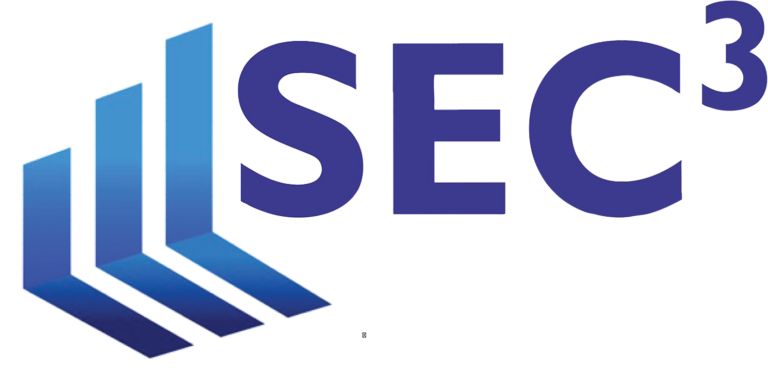On October 17, the Securities and Exchange Commission (“SEC”) charged New Jersey-based Yorkville Advisors LLC (“Yorkville”), its founder Mark Angelo (“Angelo”), and its Chief Operating Officer and Chief Financial Officer, Edward Schinik, (“Schinik”) with intentionally overvaluing Yorkville’s assets under management and exaggerating Yorkville’s performance. The allegations state Angelo and Schinik made false statements to Yorkville’s investors and auditors concerning the value of certain investments in Yorkville’s funds; Yorkville’s valuation policies and use of third party valuation services; the value of the collateral underlying Yorkville’s investments, and the liquidity of Yorkville’s funds.1
The SEC further claims Yorkville’s malfeasance enabled Yorkville to mask the risky and illiquid nature of its investment strategy and charge funds at least $10 million in excess fees based on the inflated value of its assets under management. In addition, the SEC claims that Yorkville attracted more than $280 million in investments from pension funds and fund of funds due to its portrayal as a firm that employs robust internal controls. The firm’s boosted performance allegedly also enticed existing investors to make additional investments and attracted investors in new funds launched by Yorkville.
Yorkville invested in start-up or distressed public companies whose stock was not traded on a national securities exchange but quoted on the over-the-counter bulletin board or “Pink Sheets” by making privately negotiated structured equity and debt investments in these securities. Such investments did not have readily available market values. In its Private Placement Memorandum (“PPM”) and compliance manual, as well as in various due diligence questionnaires (“DDQs”), Yorkville made representations about the sound nature of its fair valuation. Yorkville’s PPM states that prices of securities and other assets that are not readily quoted by the market are determined by the good faith fair valuation of Yorkville but only when independent third-party valuations cannot be obtained in a timely manner which would rarely be the case. Furthermore, Yorkville’s compliance manual required Yorkville’s Valuation Committee to meet at least quarterly while the pichbooks, DDQs and other promotional materials stated that reviews by the Valuation Committee were performed monthly. Yorkville also represented that the securities would be carried at fair value and not face value and that the fair value determination would be compliant with generally accepted accounting principles (“GAAP”). Yorkville also represented that it would employ financial models to determine a best estimate valuation or otherwise determine that cost approximated fair value for the particular security. The SEC alleges that none of these representations were true. No independent third-party pricing or financial models were used; the valuations were not GAAP compliant; securities were valued at cost and not marked-down as appropriate to reflect “current fair and accurate market value” and the Valuation Committee did not meet or review any positions monthly. Finally, Yorkville allegedly misrepresented to Yorkville’s auditors the amount of collateral coverage Yorkville had to protect its funds against downside risk and Yorkville’s cash and cash equivalent holdings.
Yorkville marks the seventh case that has arisen because of the SEC’s Aberrational Performance Inquiry (“API”), an initiative by the SEC Division of Enforcement’s Asset Management Unit that uses proprietary risk analytics to pinpoint hedge funds with ‘suspicious’ returns.2 At a Congressional hearing in March of 2011, Robert Khuzami, Director of the SEC’s Division of Enforcement, explained the SEC’s intention to focus on “anybody who is beating market indexes by 3% and doing it on a steady basis.”3 Also, at the October 2012 New England Securities Conference in Boston, discussing the role API has played in the SEC’s quest to “bring about fundamental changes in structure, attitude, and approach,”4 SEC Chairman Mary Shapiro stated, “we have brought questionable behavior to the attention of regulators in 17 countries– a number of whom have asked for [the SEC’s] help in developing analytics-based approaches of their own.”5 Khuzami’s and Shapiro’s statements suggest the SEC will continue to proactively use its risk analytics approach to identify funds with aberrant returns.
Yorkville also stresses the SEC’s continued emphasis on valuation (also one of the focus areas of the Presence Exams.—see our previous Communiqué here and the SEC letter here). In addition to written policies, advisers must have well documented rigorous valuation processes that comport with those policies. In particular, advisers with illiquid positions should have a Valuation Committee that meets at least once a month to review such positions and ideally use independent pricing and testing services. Since markets are constantly changing, Valuation Committee policies must be fluid. This means advisers should revisit their policies periodically to ensure that those policies remain adequate and up to date. With sound practices in place, advisers can ensure accurate appraisal and avoid raising the SEC’s ire.
If you are interested in additional information about how to implement these practices, please contact us.
[1] See http://www.sec.gov/litigation/
[2] For additional enforcement actions brought by API, see “SEC Charges Multiple Hedge Fund Managers with Fraud in Inquiry Targeting Suspicious Investment Returns” at http://www.sec.gov/news/press/2011/2011-252.htm
[3] ‘Oversight of the U.S. Securities and Exchange Commission’s Operations, Activities, Challenges and FY2012 Request Hearing before the H. Comm. on Fin. Servs., 112th Cong. 1 (March 10, 2011) (Testimony of Robert Khuzami, Director of the SEC’s Division of Enforcement). There has been noaffirmative indication that the SEC is or is not still using 3% as its base figure. The comments of Robert Kaplan, co-chief of the SEC Division of Enforcement’s Asset Management Unit, at an interview illustrate the opaque nature of the SEC’s strategy. He stated, “We look at other measures than just raw performance–we look at outliers, but what is an outlier is determined in a number of ways.” ‘US SEC Shows Off First Results of New Analysis Programme;’ See http://www.risk.net/operational-risk-and-regulation/news/2129839/sec-results-analysis-programme.”
[4] “Speech by SEC Chairman: Remarks at 2012 New England Securities Conference;” See http://www.sec.gov/news/speech/2012/spch101112mls.htm for the SEC’s Press Release.
[5] Id.

